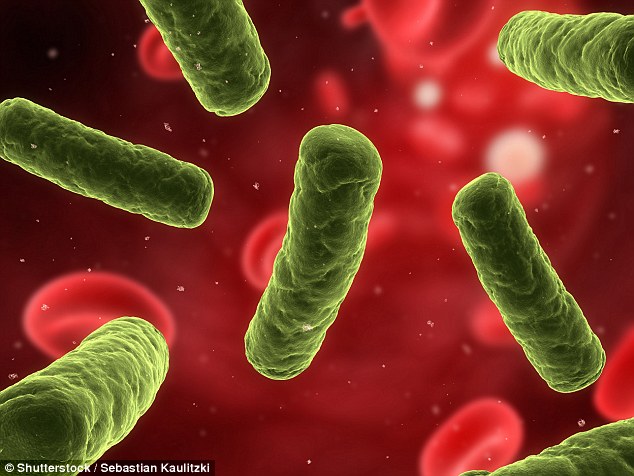Scientists will launch a 10-year, $7-billion project to identify unknown viruses after admitting just 260 of the Earth’s 1.7 million pathogens have been identified.
Illnesses such as avian flu and Zika, which can be transmitted from animals to humans, have caused many of history’s pandemics, yet only around 0.01 per cent of the viruses behind these outbreaks are known, according to a research letter.
Of the approximate 1.7 million mysterious viruses out there, between 631,000 and 827,000 could potentially infect humans, the research adds.
Scientists from around the world wrote: ‘Our ability to mitigate disease emergence is undermined by our poor understanding of the diversity and ecology of viral threats.
‘If these viruses are our enemy, we do not yet know our enemy very well.’
The Global Virome Project (GVP), which is launching later this year, will see researchers spend the next decade identifying these viruses with the aim of preventing a global disease crisis.
Plan to identify 99% of uknown viruses
The GVP, which will start its research in China and Thailand, hopes to identify 99 per cent of the world’s unknown viruses.
This will involve scientists from Asia, Africa, Europe, and North and South America carrying out related research projects and sharing their results between themselves.
Although expensive, the researchers estimate around 70 per cent of the world’s virus population could be identified with just $1.2 billion.
The remaining pathogens will likely include the rarest viruses, which have the lowest chances of infecting humans.
The researchers wrote: ‘Previous work shows that viral discovery rates are vastly higher in the early stages of a sampling program’.
Such a project may also turn out to be cost effective in the long term, with the SARS outbreak of 2002 alone costing around $40 billion.
An outline of the project was written in the journal Science.
Antibiotic discovered in soil
This comes after research released earlier this month revealed that, for the first time in 30 years, a new type of antibiotic has been unearthed, buried in dirt.
Experiments suggest the antibiotic family, known as malacidins, can kill several ‘superbugs’, including the notoriously difficult-to-treat methicillin-resistant Staphylococcus aureus (MRSA).
The antibiotics’ unique approach to killing pathogens targets bacteria’s cell walls, which did not cause drug resistance in the laboratory, a study by The Rockefeller University in New York found.
When tested on MRSA skin infections in rats, the rodents experienced no side effects, giving the researchers hope they may have discovered a non-toxic alternative to current antibiotics.












